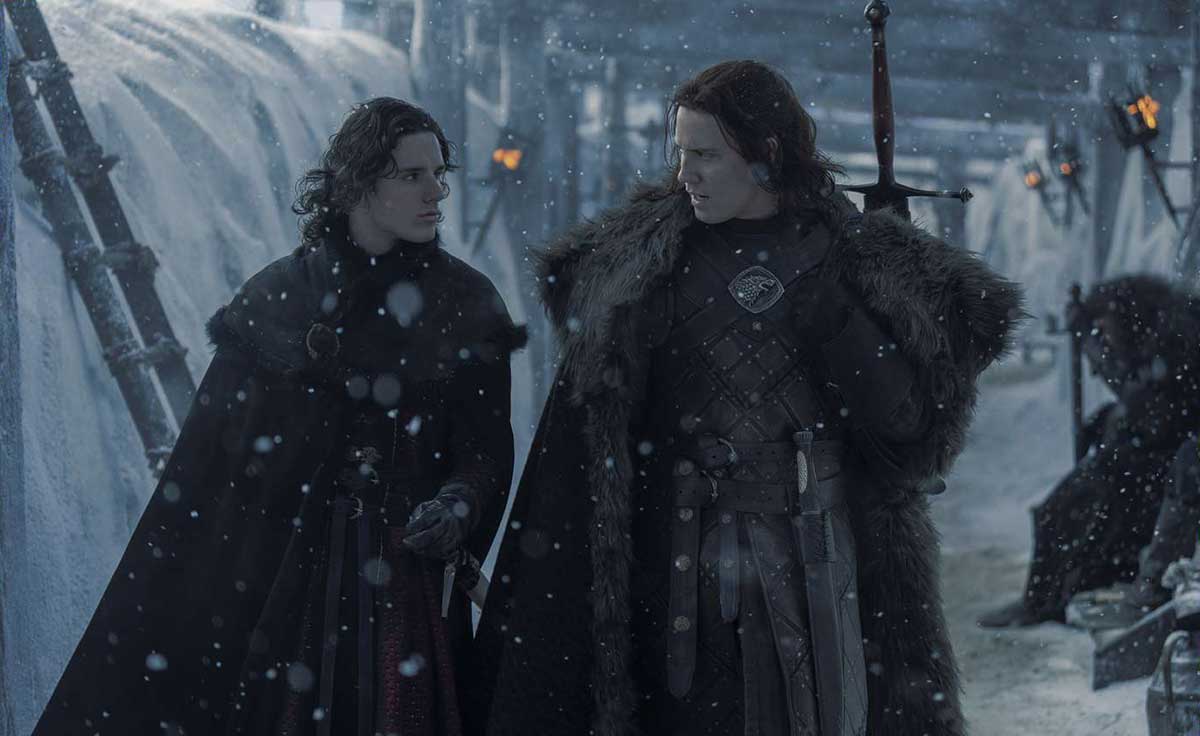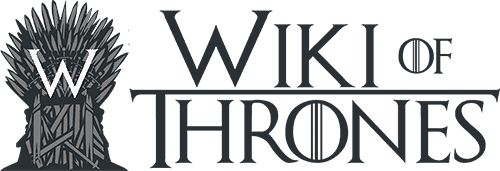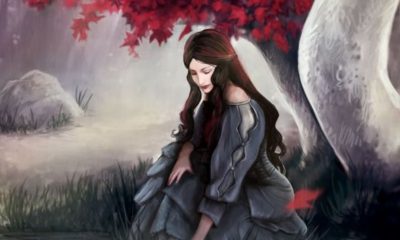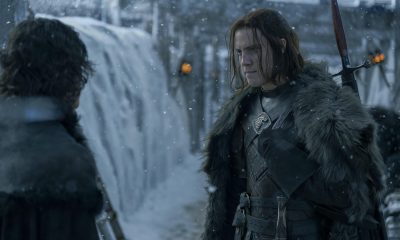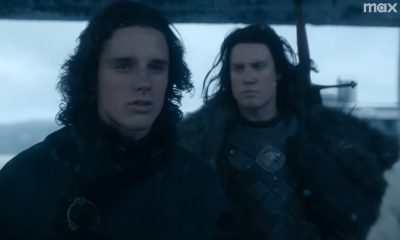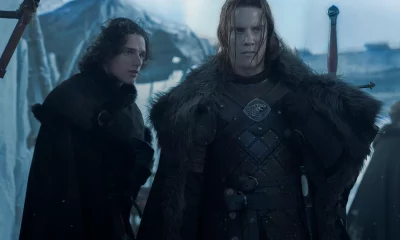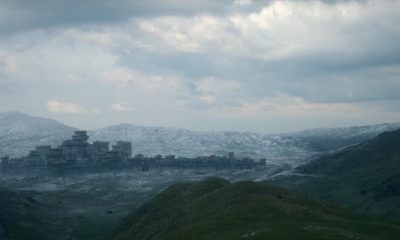Lore
Everything you need to know about Cregan Stark and the Hour of the Wolf
Explore Cregan Stark’s reign as Hand of the King.
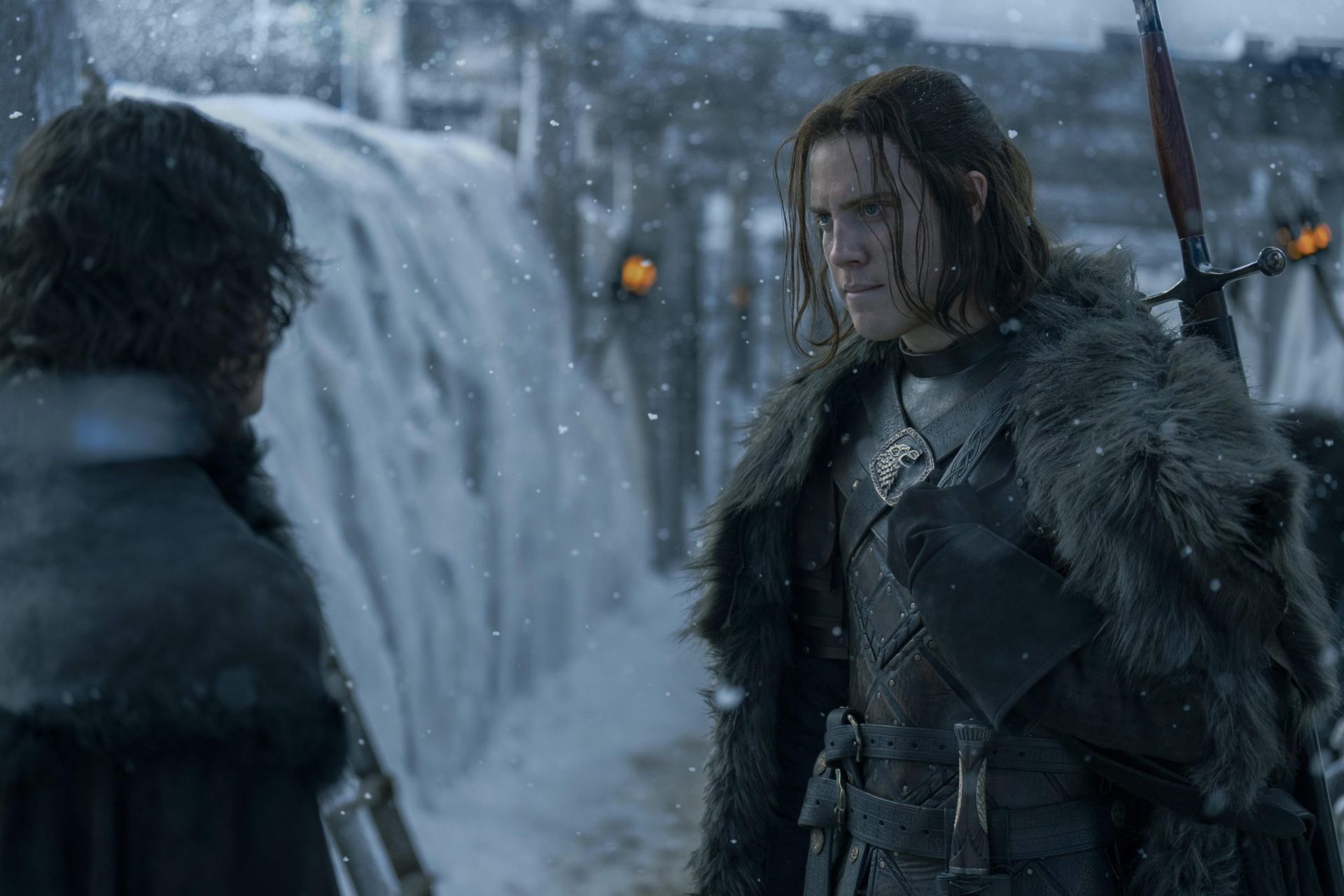
House of the Dragon, the prequel to Game of Thrones, brings George R. R. Martin’s world to life in vivid detail. As we’ve seen in Season 2, the Dance of the Dragons is in full swing, setting the stage for one of the most significant events in Westerosi history: the Hour of the Wolf. This period showcases the power and influence of the Starks in the aftermath of the Targaryen civil war, reminding us that winter isn’t the only thing to fear from the North.
What happened during the Hour of the Wolf?
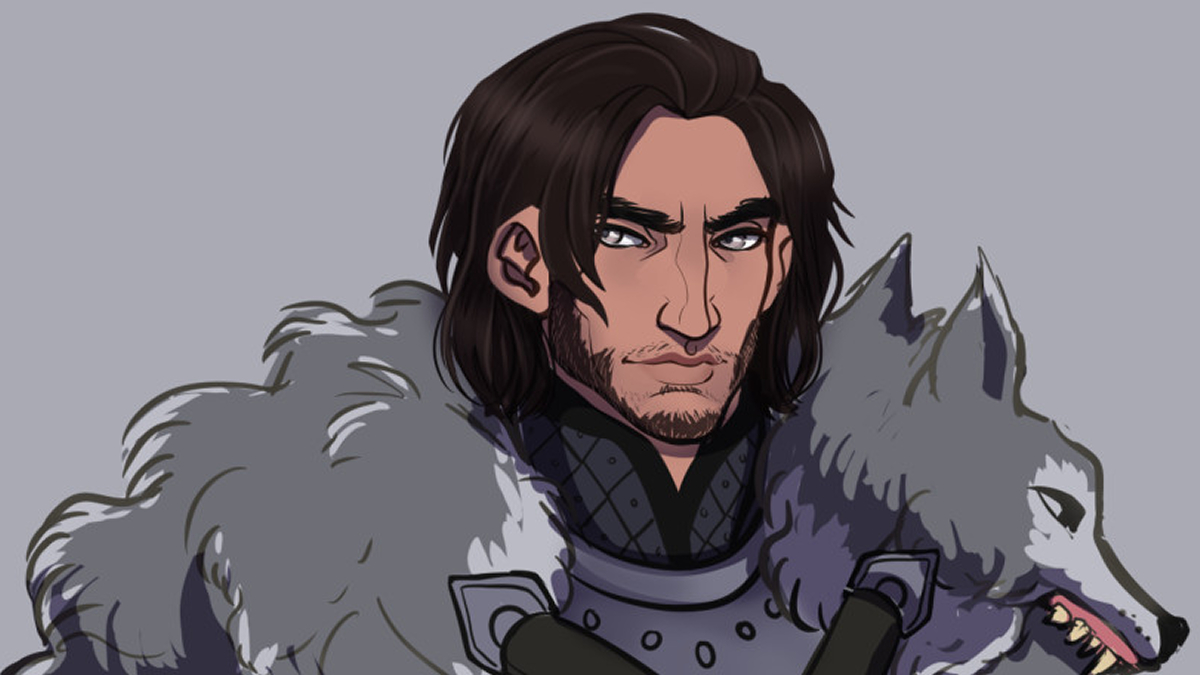
Credits: Naomi Buttelo
The Hour of the Wolf, also known as the Judgement of the Wolf, occurred after the end of the Targaryen Civil War. It refers to the six days that Lord Cregan Stark of Winterfell sat upon the Iron Throne as the Hand of the King.
Origin of the Term
The Westerosi historian Grand Maester Munkun coined the term in his book “The Dance of the Dragons, A True Telling.” In Westeros, time is told by applying traditional names for specific nighttime hours. The hour of the wolf is believed to be the blackest part of nighttime.
Cregan’s Justice
Lord Cregan meted out judgments on those he deemed guilty of injustices during the war. In particular, he held them accountable for the crime of killing King Aegon II Targaryen, something that he viewed as a grave offense.
Quick Facts
- Duration: Six days
- Location: King’s Landing
- Key Event: Lord Cregan Stark serving as Hand of the King
- Number of arrests: 22 men
- Executions: 2 (Ser Gyles Belgrave and Lord Larys Strong)
- Aftermath: 19 men sent to the Wall
- Resulted in: Coronation of King Aegon III Targaryen
- Unique outcome: The Widow’s Fair in the Riverlands
Read More: “The Dragon and the Wolf” becomes the most watched Game of Thrones episode ever
What was happening during the War?
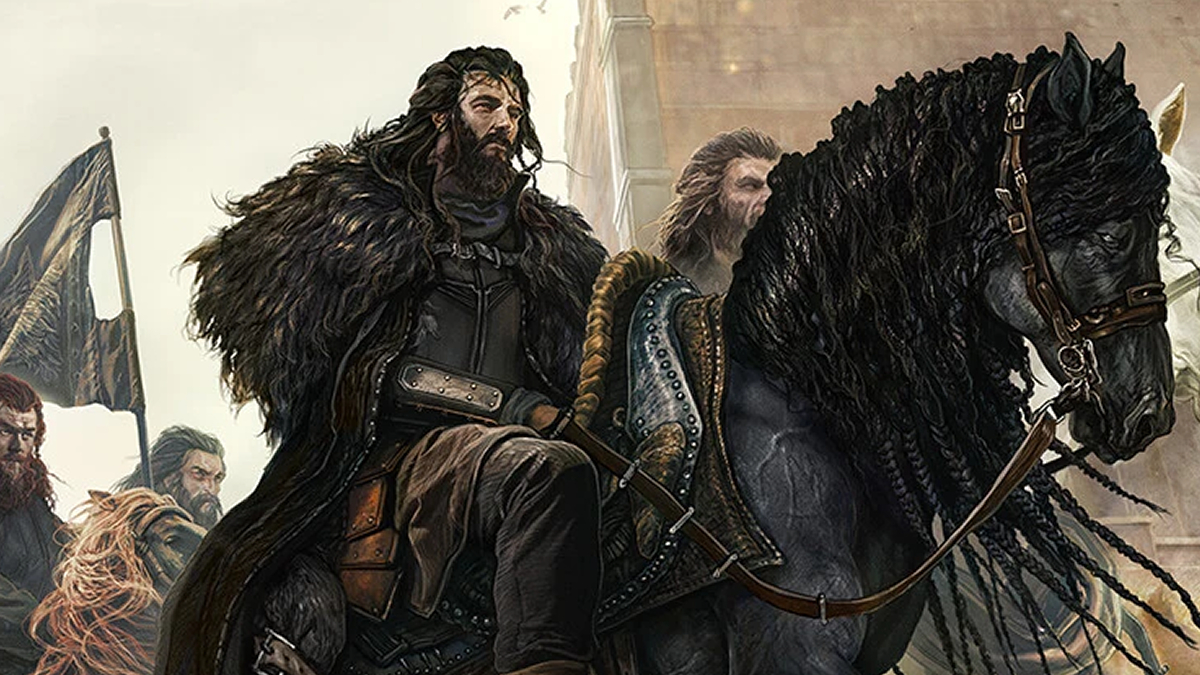
Credits: Ertaç Altınöz
Final Stages of the Civil War
Nearing the end of the civil war, King Aegon II executed Queen Rhaenyra on Dragonstone. After this, the Greens headed to take back King’s Landing.
Turmoil in King’s Landing
King’s Landing was in turmoil during this time. It was going through a period that was later called the ‘Moon of Three Kings,’ when various pretender kings vied for the Iron Throne. The Greens quashed these rebellions, and King Aegon II once again ruled the capital city.
The Black Faction’s Resistance
Rhaenyra’s supporters did not back down; instead, they carried on the war in the name of her son, Prince Aegon the Younger. During this time, the young prince was a ward at the court of King’s Landing. The remaining members of the Black faction converged upon the city of King’s Landing with three separate armies.
The Three Armies
The first came from Riverrun, led by Lord Elmo Tully. The second approached from the Vale in the name of Lady Jeyne Arryn. The third came from the North, led by Lord Cregan Stark, who rode from Winterfell.
The Approach to King’s Landing
The armies approached the capital city, fighting through battles and losing men along the way. Lord Elmo Tully met his end during this charge, passing away only forty-nine days after he had become the Lord of Riverrun. Yet, the armies progressed closer and closer as it became evident to members of the Green Council that the city would soon be overtaken.
Read More: It appears George R. R. Martin had hinted at Jon Snow’s real name in the books years ago!
When did Lord Cregan Stark get involved?
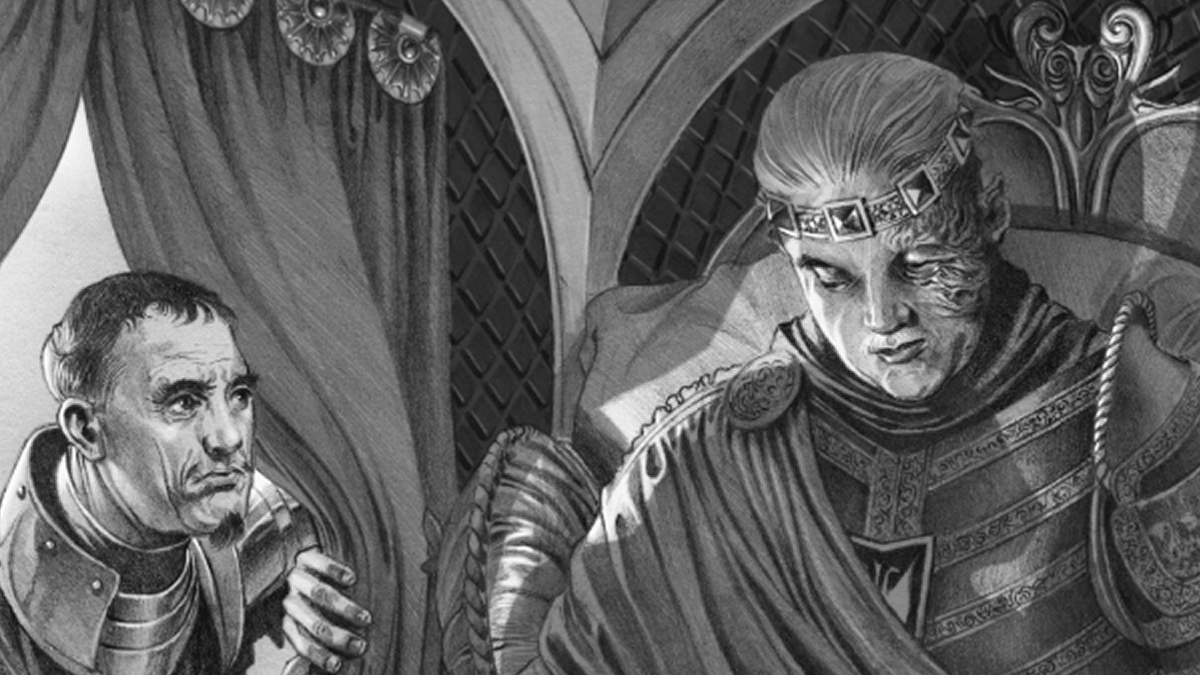
Credits: Doug Wheatley
The King’s Dilemma
King Aegon II’s counselors urged him to surrender. They tried to convince him that the Blacks would pardon him and that he could take the black and join the Night’s Watch. Queen Alicent Hightower, however, reminded King Aegon II that the Greens still held Rhaenyra’s son, Prince Aegon, as a hostage.
Aegon II’s Final Actions
Instead of surrendering, King Aegon II ordered his men to cut off the young prince’s ear to warn the approaching armies. After this, the king climbed into his litter and asked to be taken to the Royal Sept.
The King’s Death
On the way, he drank from a flagon of wine to ease the pain of his old wounds, as was his habit. When the litter reached the sept, the king’s attendants found him dead with blood on his lips. The wine had been poisoned. No one knew who had poisoned it.
Arrival of the Black Armies
Shortly after his death, the armies of the Blacks began to arrive at the kingdom gates. The three young riverlords known as The Lads arrived first and were met by Lord Corlys Velaryon and Prince Aegon the Younger.
The False Dawn
Meeting them at the Gate of the Gods, Lord Corlys informed the Lads of the king’s death. The rest of the rivermen entered the city and were met by the smallfolk and the Gold Cloaks. The remaining loyalists of King Aegon II surrendered as the army from the Vale arrived. With the King dead and the war finally over, a sense of euphoria began to take hold of King’s Landing. Grand Maester Munkun referred to this brief period as the False Dawn.
Why did the Hour of the Wolf take place?
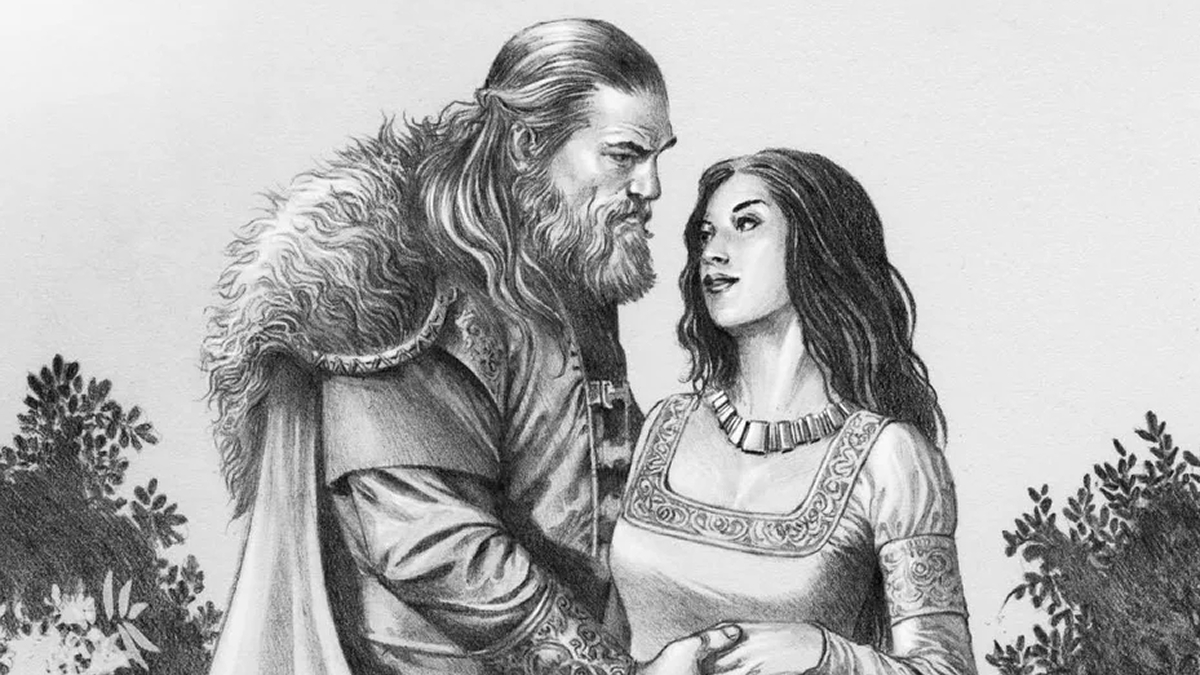
Credits: Doug Wheatley
Cregan’s Motivation
The sense of euphoria quickly vanished when Lord Cregan Stark and his army from Winterfell arrived at the capital. Lord Cregan had been recruited into the war by Prince Jacaerys through a marriage pact. However, Jacaerys’ untimely death prevented the pact from being fulfilled. Even after King Aegon II’s death, Lord Cregan Stark fully intended to continue fighting the war. He wished to punish the Greens’ supporters, including the Lannisters, Hightowers, and Baratheons.
Peace Negotiations
However, Lord Corlys had already sent envoys to the three Houses in order to negotiate peace. He tried to convince Lord Cregan to continue the war only if the three Houses rejected peace terms. If they were to accept, however, then attacking the Houses would be considered a breach of the King’s peace. Due to this, Lord Cregan had no choice but to wait for the three Houses to answer. The waiting lasted six days.
Cregan’s Court
During this time, Lord Cregan held court at King’s Landing, accompanied by his army from Winterfell. He was committed to bringing justice, condemning people considered guilty of killing Aegon II. For the crime of regicide, he arrested 22 men, including Lord Corlys Velaryon and Lord Larys Strong. Intimidating the young Prince Aegon the Younger, he named himself the Hand of the King and presided over the trials.
Alysanne Blackwood’s Influence
Lord Corlys’s granddaughters, Baela and Rhaena, attempted to convince Prince Aegon to restore Lord Corlys to his office. However, Cregan Stark was only convinced by Alysanne Blackwood, known as Black Aly. Lord Cregan had grown fond of her during his time at King’s Landing, and she of him. When she asked him to spare Lord Corlys, he asked her for her hand in marriage. She gladly accepted, and thus, Lord Corlys escaped the trial.
Read More: Game of Thrones couple Kit Harington and Rose Leslie are actually distant relatives!
What happened during the Hour of the Wolf?
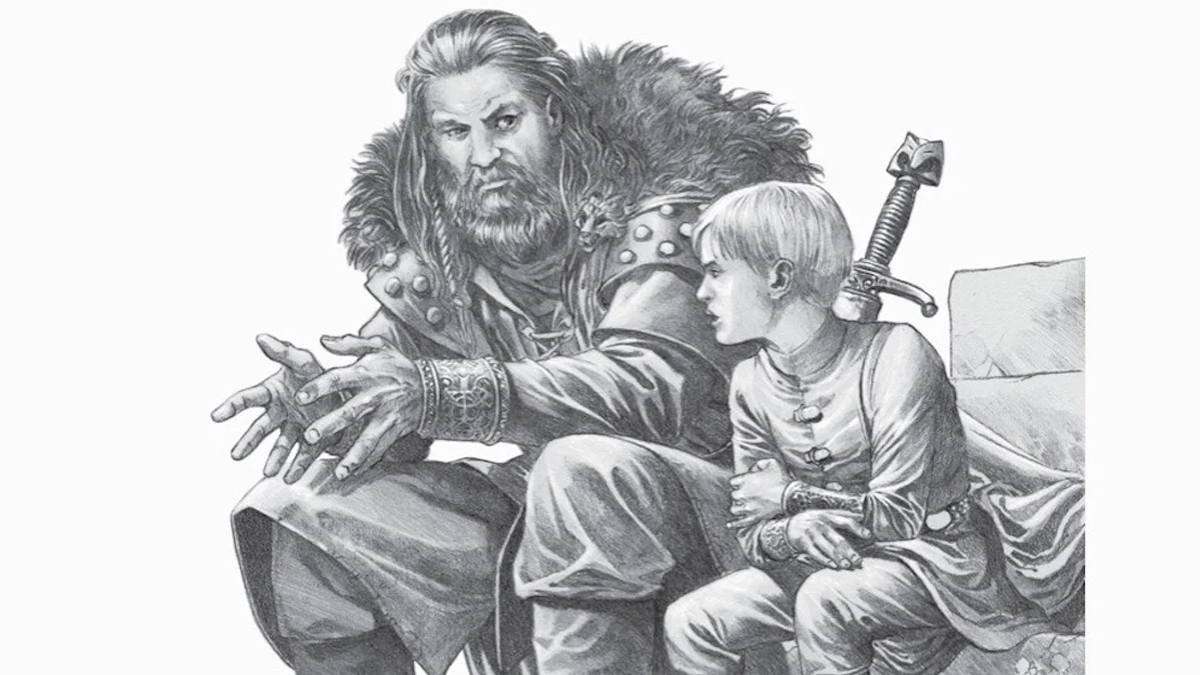
Credits: Doug Wheatley
The Accused’s Fate
The remaining accused were not as lucky. Nineteen of them agreed to take the Black and go to the Wall to join the Night’s Watch. Two of them opted for execution instead.
The Executions
The first was Ser Gyles Belgrave, from King Aegon II’s Kingsguard. He was suspected of having poisoned King Aegon’s wine himself. The second was Lord Larys Strong, King Aegon’s former Master of Whisperers. Larys was also suspected of having had a hand in poisoning the king. In the tradition of the Starks, Lord Cregan chose to execute them himself. Using the ancestral Valyrian steel greatsword Ice, he beheaded the two accused.
Cregan’s Departure
The day after the executions, he resigned as Hand of the King. After six days, ravens arrived from the Lannisters, Hightowers, and Baratheons. They accepted the terms of peace and chose to surrender.
A New King
Rhaenyra’s son, Prince Aegon the Younger, ascended the throne as King Aegon III Targaryen. Within a week of his coronation, Lord Cregan Stark departed for Winterfell. He turned down an offer to serve in King Aegon III’s regency, choosing to return to the North.
The Widow’s Fair
However, not all his men returned with him. Many of the men were surplus soldiers whose families would have starved if they had returned to the North. A fair, known as the Widow’s Fair, was held in the Riverlands, which the Northmen attended. The purpose of the fair was to unite the Northmen with women who had been widowed in the war so that they could start new families together.
Read More: Night’s Watch spotted on House of the Dragon set in leaked photos
Key Figures
- Lord Cregan Stark: The main figure of the Hour of the Wolf, serving briefly as Hand of the King.
- King Aegon III Targaryen: The young king who ascended the throne after these events.
- Lord Corlys Velaryon: A key player in the peace negotiations, initially arrested by Cregan.
- Lord Larys Strong: Former Master of Whisperers, executed during this period.
- Alysanne Blackwood: Played a crucial role in convincing Cregan to spare Lord Corlys.
- Ser Gyles Belgrave: A member of Aegon II’s Kingsguard, executed for regicide.
Aftermath
Political Consequences
The Hour of the Wolf solidified the peace following the Dance of the Dragons and set the tone for King Aegon III’s reign. It demonstrated the North’s influence in Westerosi politics and justice.
Social Impact
The Widow’s Fair, resulting from Cregan’s campaign, led to a mixing of Northern and Southern bloodlines, potentially influencing future alliances and cultural exchanges.
Legacy
This event cemented the Stark reputation for harsh but fair justice, influencing how the family and the North were perceived in the Seven Kingdoms for generations to come.
Quotes
“The day the dragon died was the day the wolf awoke.” – Grand Maester Munkun
“Justice has a price, and that price is often paid in blood.” – Lord Cregan Stark
Quick Answers
What is the Hour of the Wolf in Game of Thrones?
In Game of Thrones, the Hour of the Wolf is the darkest hour of the night, just before dawn. In the context of House of the Dragon, the Hour of the Wolf may refer to the time when Lord Cregan Stark of Winterfell assumed power during the Targaryen civil war. This event was depicted in the book Fire and Blood and has not yet transpired in the show.
How long did the Hour of the Wolf last?
The Hour of the Wolf lasted for six days, during which Lord Cregan Stark served as Hand of the King and presided over trials in King’s Landing.
Why is it called the Hour of the Wolf?
The term was coined by Grand Maester Munkun, referring to the darkest part of the night in Westerosi timekeeping.
What was the significance of the Widow’s Fair?
The Widow’s Fair was an event where Northern soldiers who remained in the South after the Hour of the Wolf were matched with widows, leading to new families and a blending of Northern and Southern cultures.
Who were the main people executed during the Hour of the Wolf?
The two main executions were Ser Gyles Belgrave of the Kingsguard and Lord Larys Strong, the former Master of Whisperers. Both were suspected of involvement in King Aegon II’s poisoning.
How did the Hour of the Wolf end?
The Hour of the Wolf ended when Lord Cregan Stark resigned as Hand of the King after receiving responses from the Lannisters, Hightowers, and Baratheons accepting peace terms. He then returned to Winterfell, declining a position in King Aegon III’s regency.
What was the impact of the Hour of the Wolf on King’s Landing?
The Hour of the Wolf brought a swift end to the brief euphoria following King Aegon II’s death. It established a period of harsh justice and set the tone for the new reign of King Aegon III, demonstrating the North’s influence in the aftermath of the Dance of the Dragons.
Read More: Night’s Watch spotted on House of the Dragon set in leaked photos
Stream House of the Dragon, Game of Thrones and more HBO Original series on Max. Sign up and save up to 20% with an annual plan.
-
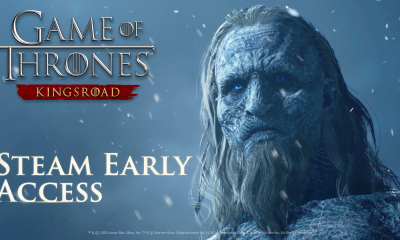
 News4 days ago
News4 days agoGame of Thrones: Kingsroad now available on Steam on early access
-
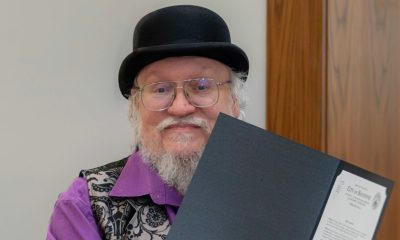
 Interview3 days ago
Interview3 days agoGeorge R.R. Martin says The Winds of Winter is “coming pretty well”, wishes to finish it faster
-
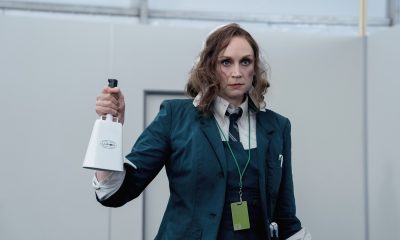
 Humour6 days ago
Humour6 days agoGwendoline Christie’s fierce Severance Season 2 finale scene reminds fans of Brienne of Tarth from Game of Thrones
-

 News1 day ago
News1 day agoPedro Pascal is confirmed to be in Avengers: Doomsday
-
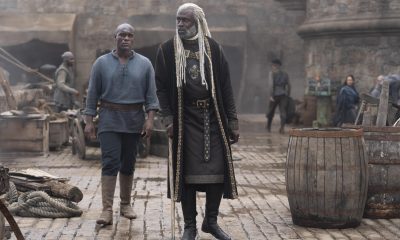
 Filming2 hours ago
Filming2 hours agoTumbleton and Battle of The Gullet sets being built right now for House of the Dragon Season 3
